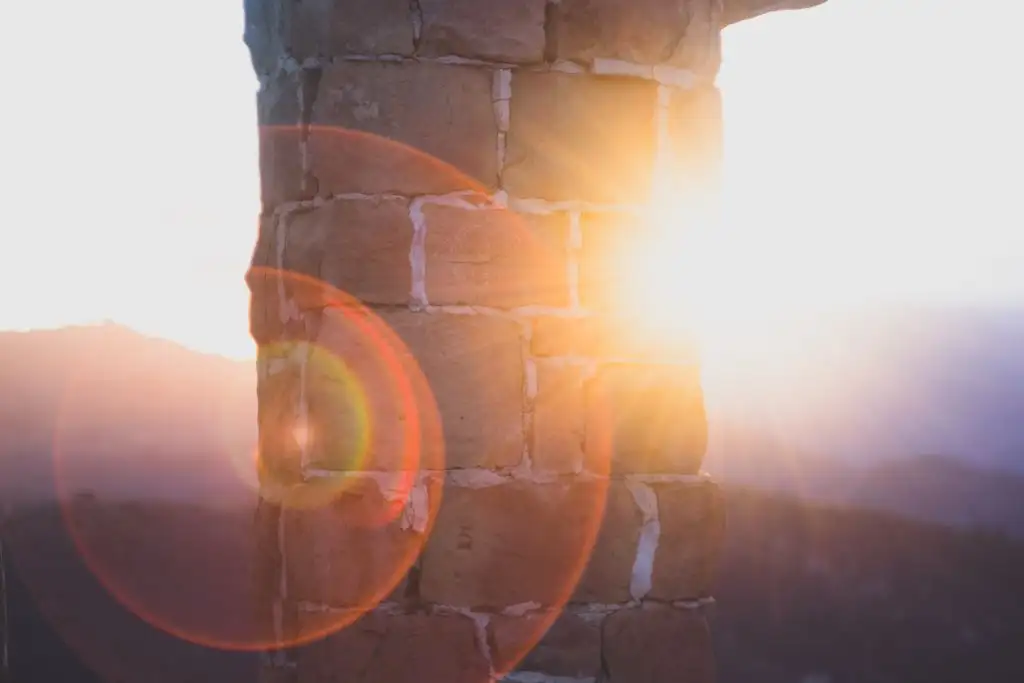
Sunlight and lens flare effects are great for video, especially if you want to focus on a landscape or environment. It also creates excellent effects and transitions for music videos. This is an effect that the camera itself can achieve. But it can be easily added while editing a video.
Adobe Premiere Pro CC makes it easy for beginners to add lens flare effects. Based on these effects, you can modify them in the Effects control panel to give them the look you want. This tutorial will show you how to use the lens flare effect and how to edit it to your liking.
How to add sunlight effect
First, you need to place the clip where you want sunlight at the right time. Then you can add sunlight by following the steps below.
- Go to the dashboard. Then choose Video Effects > Create > Highlight.
- Click and drag the lens flare effect to apply it to the selected area.
After applying it, you can see that it is just a static image of the optical flash. I need to make some changes to make it look natural.
Edit the sun effect
Select the clip that uses the lens flare effect and view the effect’s control panel. The reflective part of the lens offers many customization options for your video. You can preview the changes in the video player.
- See Frame center option. This allows you to change the position of the highlight.
- The Flash Intensity section allows you to adjust the intensity of the main flash point to create a low or high light. You can change it according to the brightness of the scene.
- Use the Lens Type option to simulate the glare effect of different types of lenses. If one of the options looks better, you can change it.
- Basic blend settings help you blend lens flares into clips by changing the effect’s opacity and blend mode when a subtle look is needed.
Knowing these options will help you animate your highlights. It’s rare to see static flare on video because it’s caused by actual lens movement and external light sources. Read on to learn how to animate lighting effects.
Bright effect animation
If you’re new to Adobe Premiere Pro keyboard shortcuts, first read our key article to learn the basics. Then follow the steps below to enable the lighting effect.
- First, use the ‘Flame Center’ option to center the ‘light source’ where the flame is coming from. For example, after placing an object such as sunlight or a street lamp, make sure the time cursor is at the point where you want the flash to fire, then click the clock in the center of the flash. Place a keyframe. Adjust the brightness of the sparkle to the brightest value you want and set a keyframe.
- Now move the time marker to where you want the focus of the video to end. This is the point in the video where the light source disappears from view. If you don’t have a real light source, watch the camera move and simulate the effect of the light source to make sure the cursor is realistic.
- Using the flash center option realigns the light in the direction the light is moving. You can try to reduce the brightness of the lens flare as the camera moves and the light source moves. If the light source moves away from the screen or is not visible, reduce the lens brightness completely.
Animating lens flares is a time-consuming task. To create the most natural-looking sunset, you need to consider several environmental factors in your photo.
Tip: If an object is passing the light source, dim the lens flash and turn it back on when it passes.
Creating a sunset effect in Adobe Premiere Pro
Sunset can be a great addition to a video or intro. This can help a lot if you want to create sunlight or sunlight, for example, adding depth to the atmosphere and enhancing the visual appeal.
You can also create a lens flare effect in Adobe After Effects or download overlay templates or preset packs to use in Premiere. But if you need a quick alternative to get the job done, Adobe Premiere Pro’s Lens Flare effect can help you create one that works.
